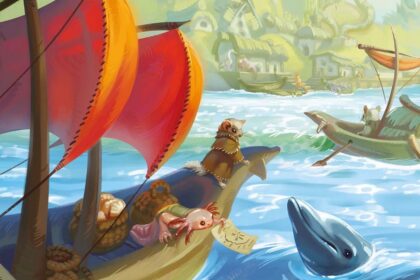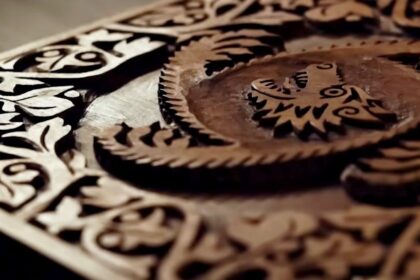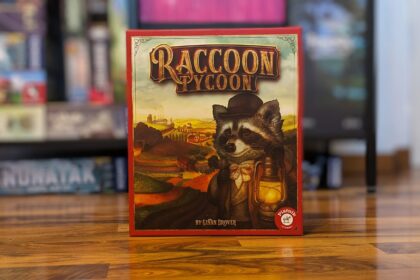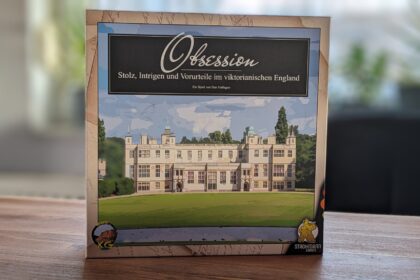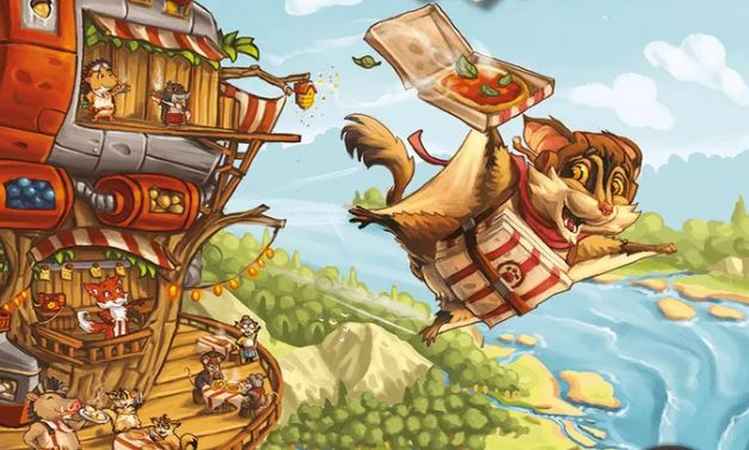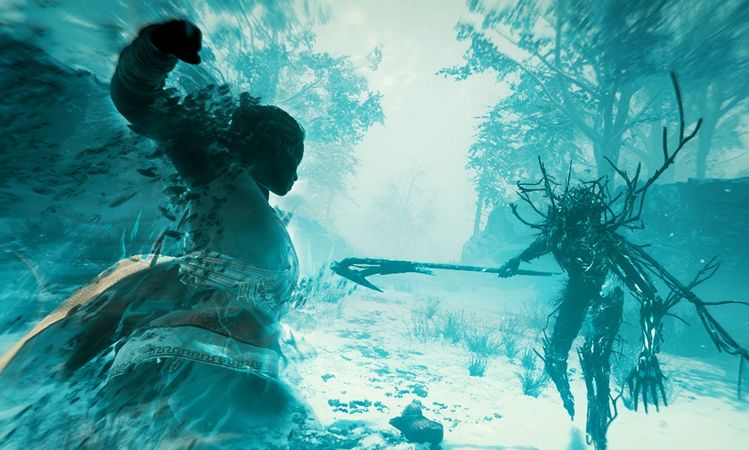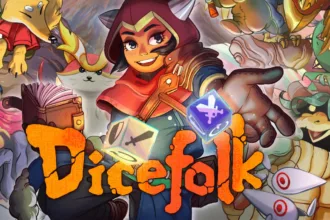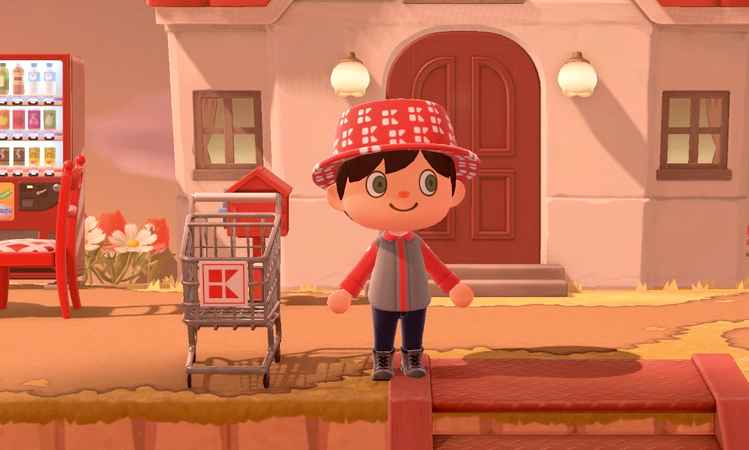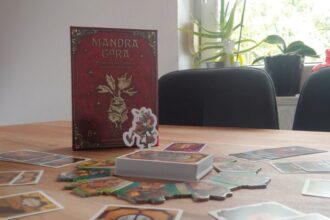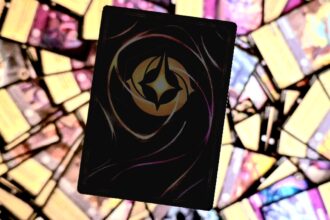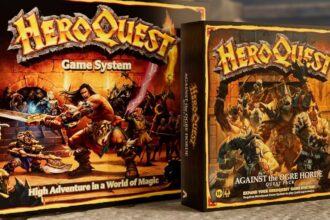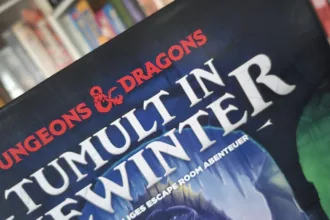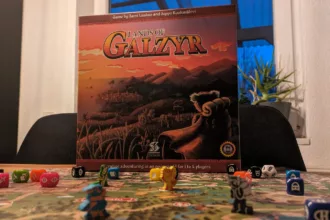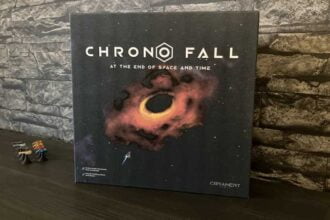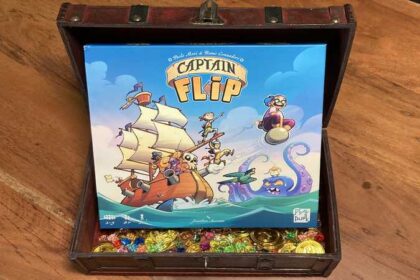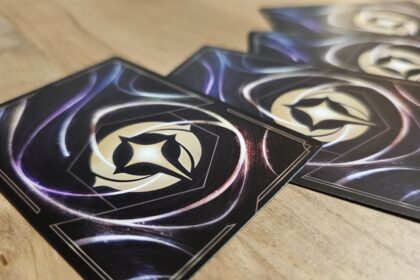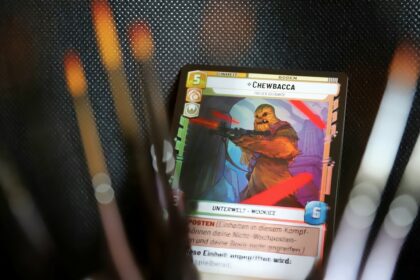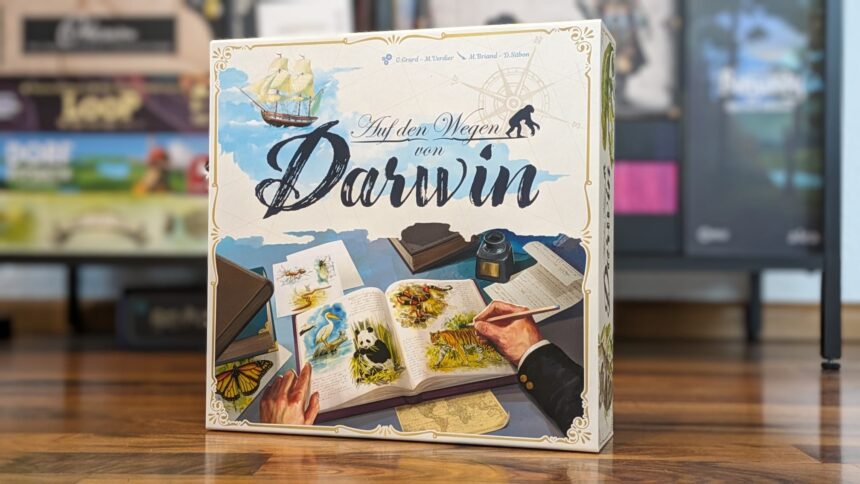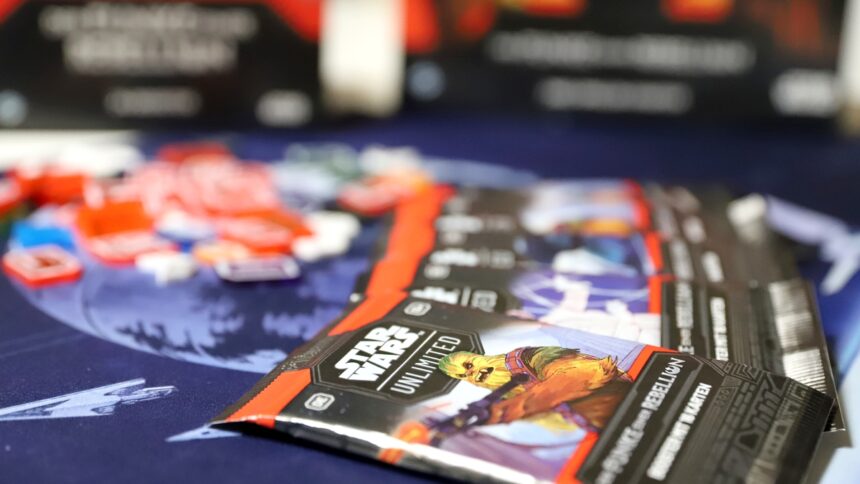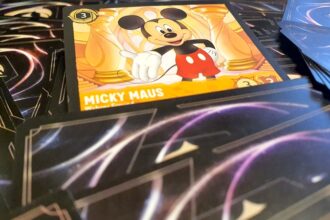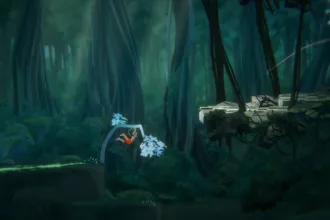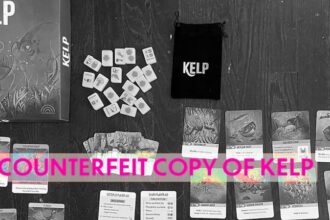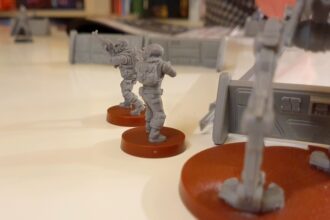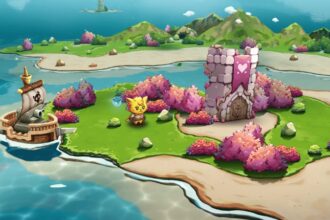-
Quick Links:
- Brettspiele
- Videospiele
- Crowdfunding
- Spiel Essen
- Gamescom
Wir suchen Verstärkung!
Autorinnen und Autoren für News, Tests und Rezensionen. Alle Bereiche.
Online seit 2014Tägliche NewsUnabhängigKritisch
Gern gelesen
Mehr aktuelle News
Star Wars Unlimited: Es geht los!
Die Pre-Release-Woche bei Star Wars Unlimited hat begonnen - in Spieleläden in ganz Deutschland fanden und finden Events statt, bei…
Disney Lorcana-Karte explodiert im Wert: Teil einer Kombo
So manche Karte von Disney Lorcana ist ein stattliches Sümmchen wert. Die Seltenheit bestimmt dabei vor allem den Preis, allerdings…
HeroQuest: Neue Erweiterung bringt Arena-Spielmodus
Mit der Neuauflage des Dungeon Crawler-Klassiker HeroQuest hat Hasbro einen Nerv getroffen: Bislang sind viele Erweiterungen erschienen, nun kommt mit…
Medienbericht: Hasbro will D&D verkaufen
Bei Hasbro kommt offenbar keine Ruhe ins Geschäft: Einem Medienbericht zufolge soll der Spielwarenriese seine Marke Dungeons & Dragons zum…
Brettspiel-Rezension zu Lands of Galzyr
Mit süßen Illustrationen und Figuren überzeugte Lands of Galzyr im August 2021 insgesamt 2.405 Menschen auf Gamefound von sich. Bis…
Brettspiel-Preview – Chrono Fall: At the End of Space and Time von Ornament Games
In den letzten Monaten habe ich bereits zwei Mal über Ornament Games berichtet. Einmal über den Verlag selbst und beim…
Follow Us on Socials
Editor's Choice
Must Read
Beliebteste Beiträge des Monats
Brettspiel-Rezension zu Auf den Wegen von Darwin: Eine entspannte Forschungsreise um die Welt
7.9 out of 10
Brettspiel-Rezension zu Honey Buzz: Herbstfülle: Honey, Honey, Honey – Bees are fun(ny)
8.2 out of 10
TV-Legende Fritz Egner kommt auf die Computer-Bildschirme
Fritz Egner hat in über 50 Jahren die Superstars der Musikwelt interviewt und zählt viele davon zu seinen Freunden. In seinem persönlichen Archiv mit über 400 Interviews, seltenen Fotos, persönliche Widmungen und Konzerttickets befinden sich die größten Künstler von 1974 bis heute, darunter Mick Jagger, James Brown, Madonna, Sting, Phil…
WWE SuperCard erhält neue WrestleMania 39-Stufe
Spielende können sich bereit machen für WWE SuperCard goes Hollywood mit dem…
Pizza Possum: Arcade-Spiel um hungrige Opossums
Der Indie-Entwickler Cosy Computer und der Publisher Raw Fury haben sich in…
Diablo Immortal verboten: Release nicht überall
Diablo Immortal erscheint am 2. Juni für Android und iOS sowie als…
Gameplay zu WWE 2K22 in neuem Trailer zu sehen
Im März erscheint mit WWE 2K22 der langersehnte Reboot der Reihe, dann…
Matchpoint – Tennis Championships zum Release im Game Pass
Publisher Kalypso Media gibt bekannt, dass die immersive Tennissimulation Matchpoint - Tennis…
Dune – Imperium: Neue Erweiterung Immortality kommt
Das strategische Brettspiel Dune: Imperium von Paul Dennen erhält eine neue Erweiterung.…
Shadow Warrior 3 erscheint im März: Neuer Trailer
Der Entwickler Flying Wild Hog und Publisher Devolver Digital haben angekündigt, dass…
Batman: Escape From Arkham Asylum im Januar auf Gamefound
Knight Games bringt Batman und seine Lieblingsgegner Ende Januar als Crowdfunding live.…
Corona und Krise setzen Rudy Games zu: Pleite
Leaders, Quiz it! oder Interaction, allesamt hybride Brettspiele mit App-Unterstützung, kennen Fans…
Krypto: The Sandbox bringt Alpha Season 3
Das offene Metaverse The Sandbox gibt bekannt, dass die Alpha Season 3…
Marvel’s Midnight Suns: Release-Tag steht
2K und Marvel Entertainment gaben heute bekannt, dass Marvel’s Midnight Suns ab…




